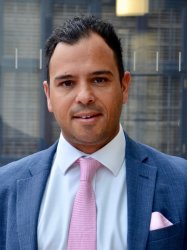BibTex format
@article{Patel:2022:10.1007/s00464-021-08823-1,
author = {Patel, R and Suwa, Y and Kinross, J and von, Roon A and Woods, AJ and Darzi, A and Singh, H and Leff, DR},
doi = {10.1007/s00464-021-08823-1},
journal = {Surgical Endoscopy: surgical and interventional techniques},
pages = {4803--4814},
title = {Neuroenhancement of surgeons during robotic suturing},
url = {http://dx.doi.org/10.1007/s00464-021-08823-1},
volume = {36},
year = {2022}
}

